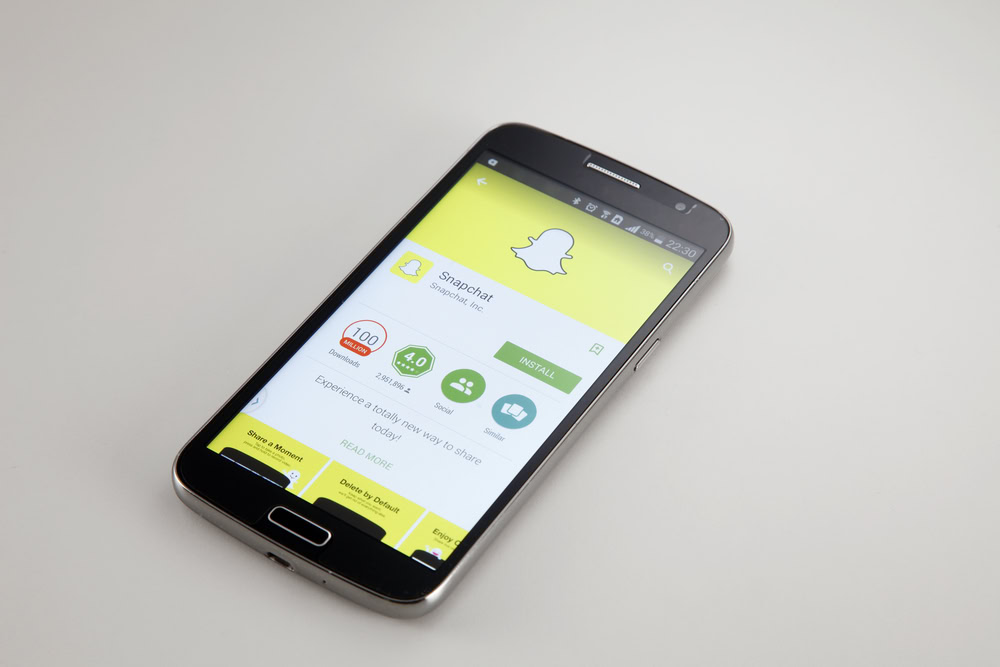Affiliate links on Android Authority may earn us a commission. Learn more.
Court rules Snapchatting others in toilet stalls criminal after teen suicide
Published onJuly 20, 2016

It was 2013 when the series of tragic events originally went down. One student, referred to in court documents as “M.H.”, recorded the feet of a fellow student, Matthew, beneath a bathroom stall at University City High in San Diego. M.H. posted the 10-second video to his Snapchat story with the caption, “I think this dude is jacking off.”
Although the victim’s face wasn’t shown, his distinctive shoes and socks made Matthew’s identity immediately recognizable to the student body. Two weeks later, Matthew committed suicide. He left a note behind reading, “I can’t handle school anymore and I have no friends.”

Although the video only remained on M.H.’s Snapchat for 24 hours, the damage had been done. In the aftermath of the suicide, police were not initially aware that any criminal activity might have occurred leading up to the death. Authorities only became aware of the Snapchat video when M.H. arrived at Matthew’s funeral and threatened another student who had been talking it. M.H. told this student that he would “kick his ass” if he didn’t shut up about it. The threatened student contacted school higher-ups who in turn contacted the police.
In the ensuing court case, M.H. insisted that he was blameless of wrongdoing. The court nevertheless convicted him of a criminal invasion of privacy. In his appeal, M.H. doubled down on his position, claiming that it was his First Amendment right to upload the video. M.H. even insisted that he was doing a public service by uploading his recording of Matthew to his Snapchat story, saying that it was “a matter of public concern to his school community.” M.H.’s position is that Matthew was engaged in an illegal activity by masturbating in public, and after catching him in the act, he was acting in the “public interest” by uploading the video.
I can’t handle school anymore and I have no friends.
In spite of M.H. claiming constitutional protection under the same rights extended to “news gatherings,” the appeals court had none of it. The ruling reads as follows:
A student in a high school bathroom stall reasonably expects he will not be videoed and have that video disseminated on social media. Matthew did not forfeit that right merely because his socks and shoes could be seen and his voice could be heard by others in the bathroom. Matthew may have run the risk that people in the bathroom would tell others what they witnessed there. But that is a far cry from expecting his conduct would be electronically recorded and broadcasted to the student body. Thus, M.H.’s main appellate argument fails because the right to privacy is not one of total secrecy, but rather the right to control the nature and extent of firsthand dissemination.
This story underscores the potentially damaging power of social media in the hands of youth who do not fully understand the implications of their actions. M.H.’s original stance was that the Snapchat was uploaded as a joke “just for laughs,” but the consequences of its dissemination have been far reaching and life altering.
